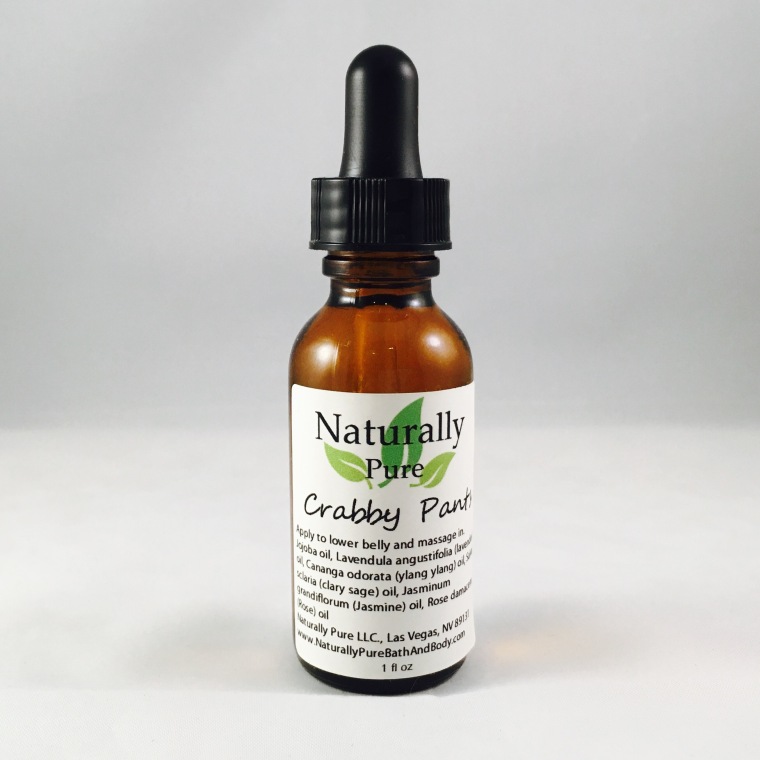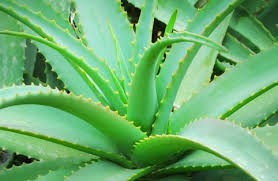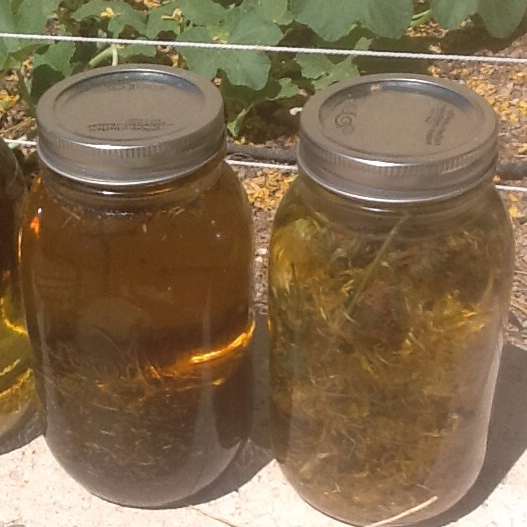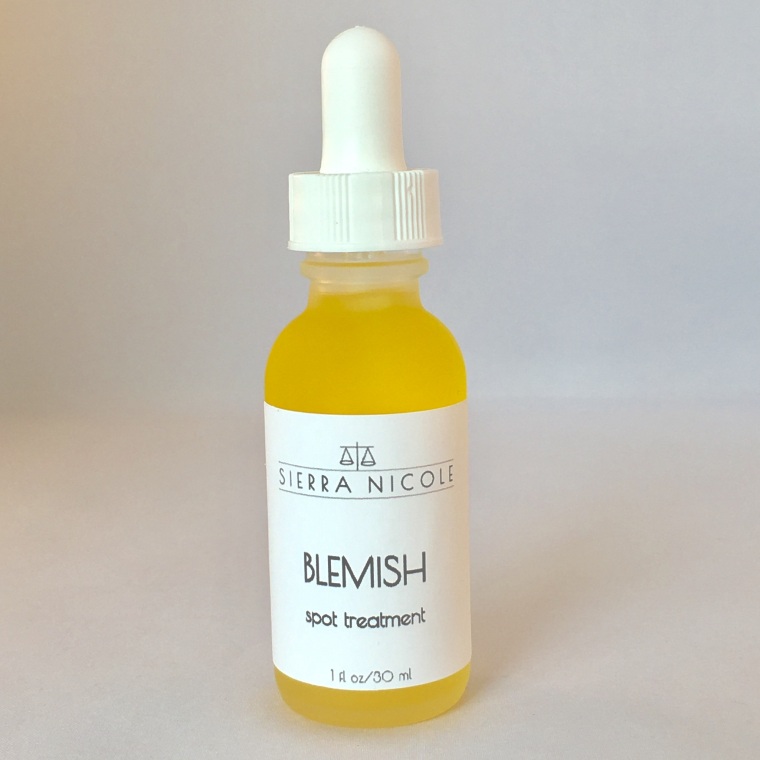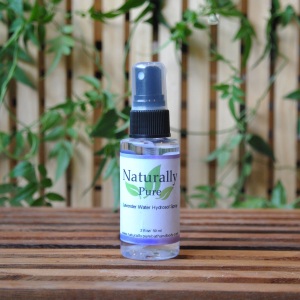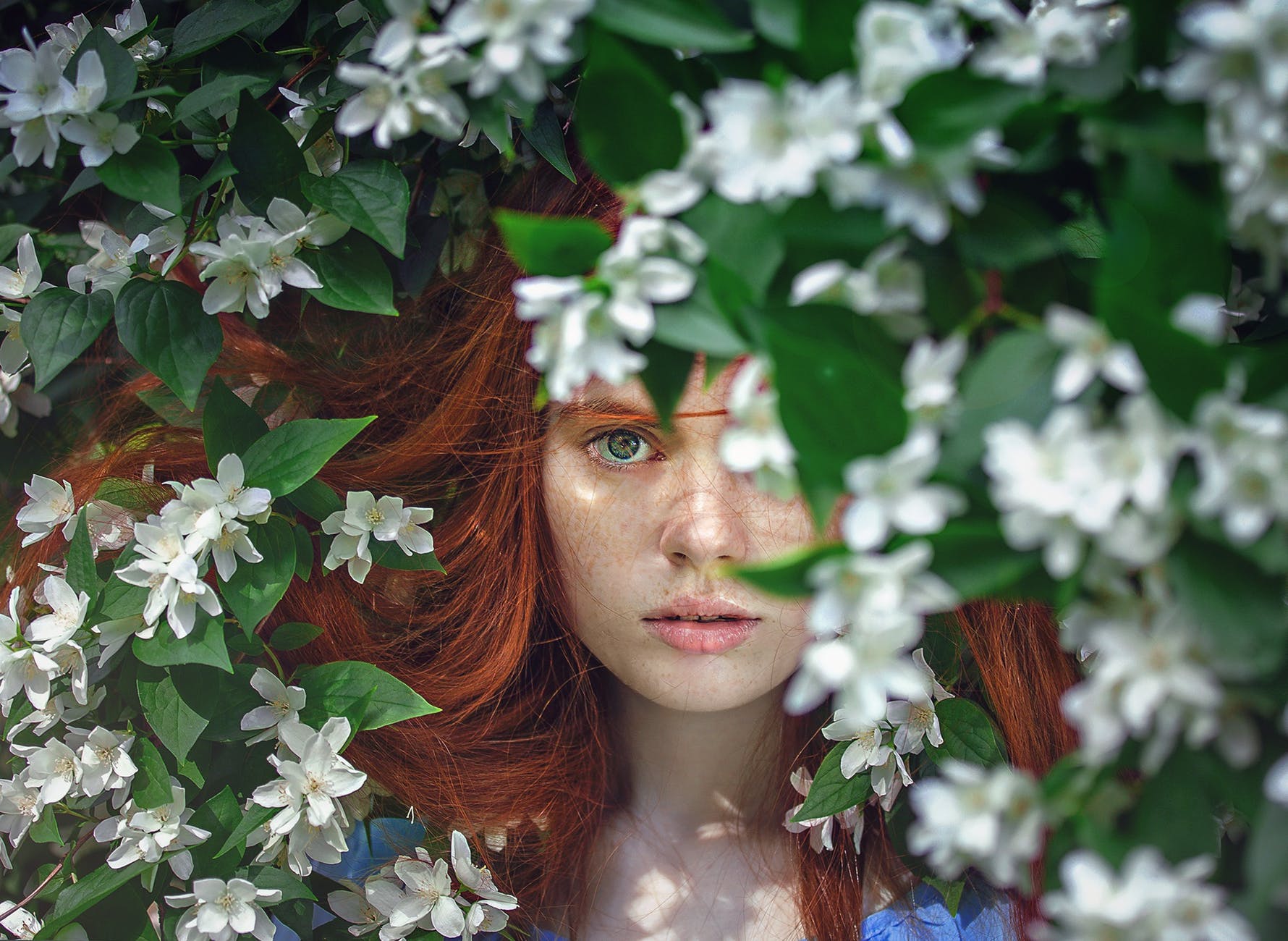
Jasmine and Rose, what can I say? Such beautiful flowers that have amazing benefits. Use as a tea, a facial spritzer or use in face creams. Or use them for PMS and cramps? A beautiful blend of floral essentials oils are blended into Jojoba oil and then used to alleiviate menstrual cramps and pms. Apply the oil to your abdomen for relief of cramps and use a week before Aunt Flo comes to visit to help alleviate pms.
This is how our Crabby Pants was created….
A few years ago, my daughter was having some pretty bad menstrual cramps and she asked me to make her an essential oil blend that she could rub on her tummy. So, I concocted an oil blend out of Jasmine, Rose, Ylang ylang, Lavender and Clary sage. This is a nice floral blend that helps with hormones, pain and moods. Other oils that can be balancing and adaptogenic are Geranium and Roman Chamomile. Myrrh is another oil that can be balancing to the hormones. Fennel has estrogenic action and a touch of it can be helpful for PMS. I chose oils that may help balance hormones as well as oils that are analgesic.
Rose and Jasmine are known for their therapeutic effects of balancing hormones. They are both antispasmodic which will help with menstrual cramping. Jasmine strengthens the uterus and may also provide pain relief since it is analgesic. Jasmine smells wonderful and is an awesome blend with Rose. Jasmine is reputed to relieve pain and strengthen contractions during labor and can be combined with Clary Sage for labor pain. Jasmine is very useful in blends that alleviate stress and depression, and it can bolster self-confidence. It’s very relaxing and is also important for dealing with PMS.
Clary Sage is antispasmodic and analgesic as well and also helps with menstrual flow and activity. Clary Sage’s uplifting, relaxing and antidepressant actions make it ideal for emotional issues and blended with Lavender, smells amazing! Clary sage is soothing to the mind while also being analgesic and then I added Ylang ylang. Ylang ylang is calming and relaxing so if you are feeling some pms, this will relax and calm the mind while also helping with menstrual cramping and headaches. Stress and anxiety can also manifest as muscular tension. Ylang Ylang can alleviate this, calming the mind and emotions as well as inducing physical relaxation. Of course we can’t forget about the amazing benefits of Lavender. Lavender Calms, soothes, nurtures, encourages balance in all body systems and reduces anxiety and fear and most of all it has pain relieving properties! So combining all of these floral oils can do wonders for a natural approach to menstrual pain relief! Check out a great review here.

